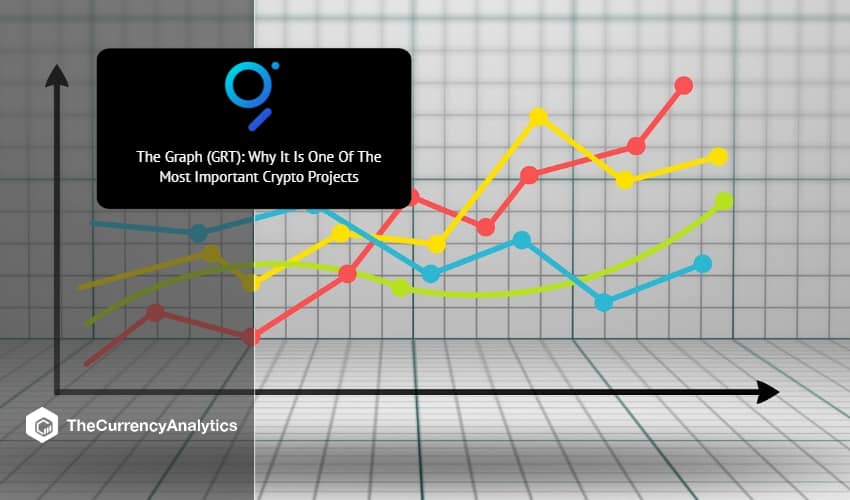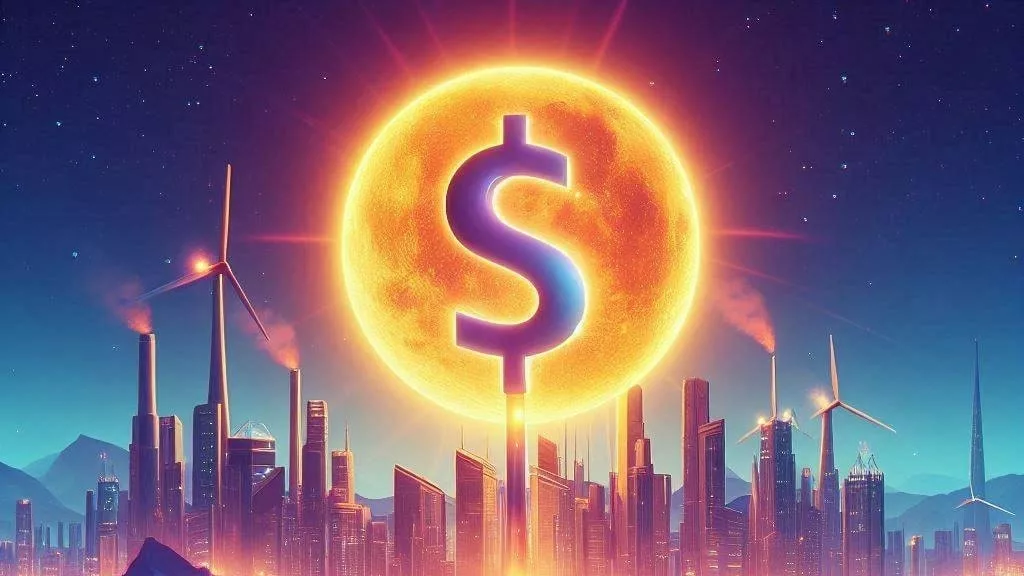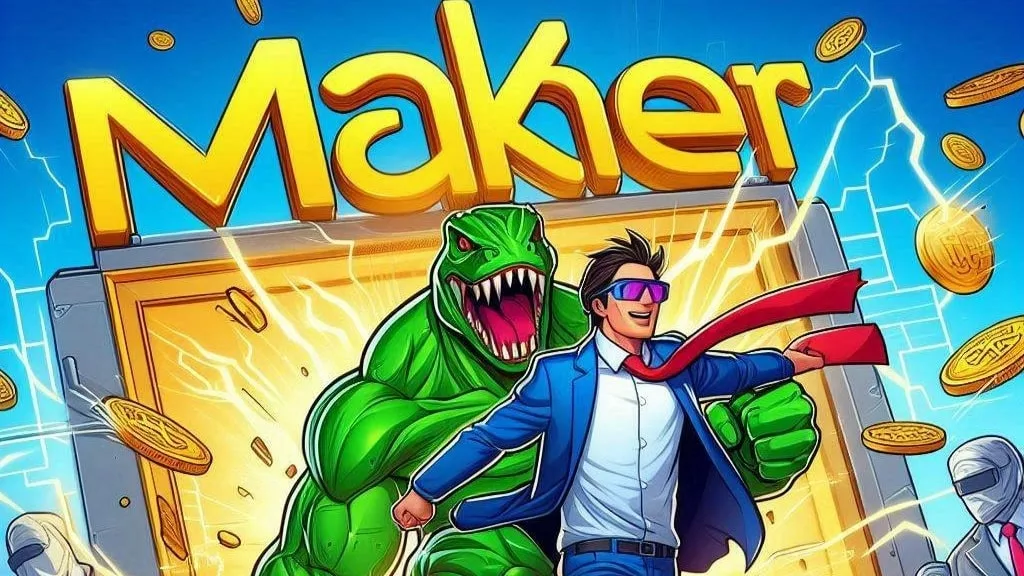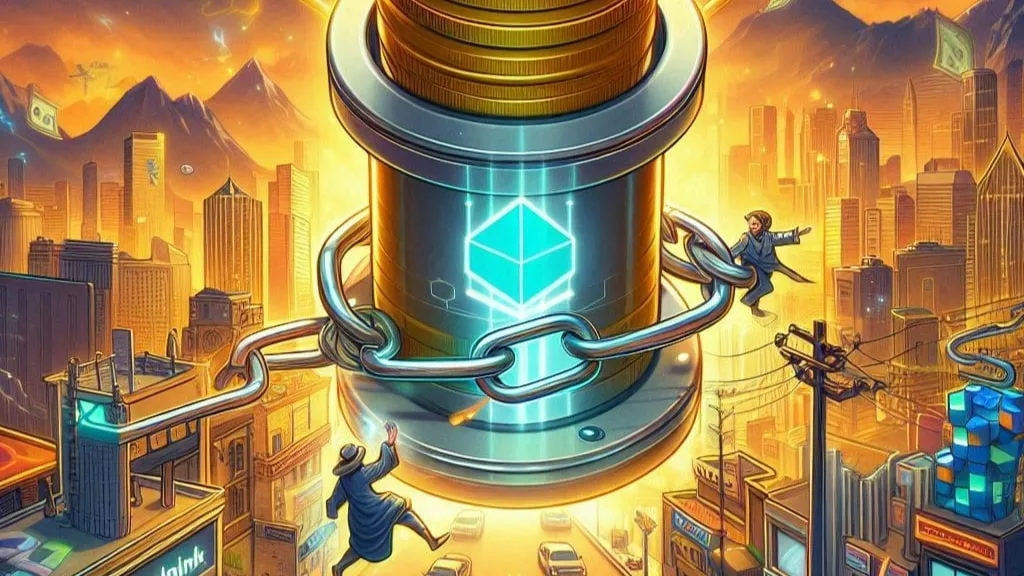
Smart contracts are an essential part of a decentralized ecosystem. They eliminate middlemen and facilitate transaction fulfillment based on a set of predetermined conditions. However, they require data that is essential for them to function as intended and that is why oracles are a critical component of smart contracts and Dapps.
There are multiple projects currently focused on providing oracle services and The Graph (GRT) is one of them. It was created by a trio of developers who saw that Ethereum had a lot of potential but the lack of a proper indexing protocol that would make it easier to sift through a sea of data. Generated by the Ethereum blockchain. Proper data indexing makes it possible for applications to function properly and quickly. The indexing protocol is now known as The Graph.
The protocol was conceptualized in 2017 and its official announcement came in 2018. Its ability to sort through simple and complex data provides an essential link between blockchains and their Dapps. The Graph was designed to introduce more efficiency into already existing Dapps while making it easier to create new ones. Faster data accessibility and efficiency of operations are essential for decentralized platforms to compete effectively or even take over their centralized counterparts.
You can think of The Graph as a data marketplace for every piece of data on the Ethereum blockchain. This makes it critical for all the Dapps that are based on Ethereum. It also stores a copy of all the data on the IPFS, the decentralized storage layer created by another crypto project called Filecoin. Query fees on the platform are paid to indexers in DAI stablecoins or ETH as part of the platform incentivization mechanism.
Indexers have to stake the GRT token, the native token on The Graph. Delegators have to stake the coin so they can notify the protocol of the right index to use when fetching data for developers. The incentive is that they are rewarded for their services through GRT and those rewards are generated through indexing rewards and query fees. The protocol also keeps delegators in line by slashing their tokens if they fail to ensure proper indexing.
Curators are required to stake their GRT on a sub-Graph bonding curve to ensure that the indexers receive the highest quality of data. This approach gives curators an incentive to stake on sub-Graphs which they think offer high-quality information. The incentive provided is a share of the query fees paid to indexers. The Graph disincentivizes curators from removing their staked crypto from the sub-Graphs by charging hefty withdrawal taxes.
GRT is an ERC20 token that is currently trading at $0.54 with a $1.56 billion market cap and a circulating supply of 2.89 billion GRT. However, it has a maximum supply of just over 10 billion coins.
GRT has an annual inflation rate of 3% but 1% of all query fees on its network are burnt, along with any unclaimed rewards and withdraw tax that applies to curators. The coin was initially sold to investors at $0.03 during its ICO and it grew rapidly after its launch, reaching an all-time high of $2.88 in February 2021. However, the price has since then dropped to its current level partly due to the recent bear market.
Demand for The Graph and its GRT native token is the main growth driver and it depends on the level of demand for its services on the Ethereum network. This means that it will grow proportionately with the Ethereum network which has so far been on a healthy trajectory and is in the fast lane in terms of development and adoption.



Get the latest Crypto & Blockchain News in your inbox.